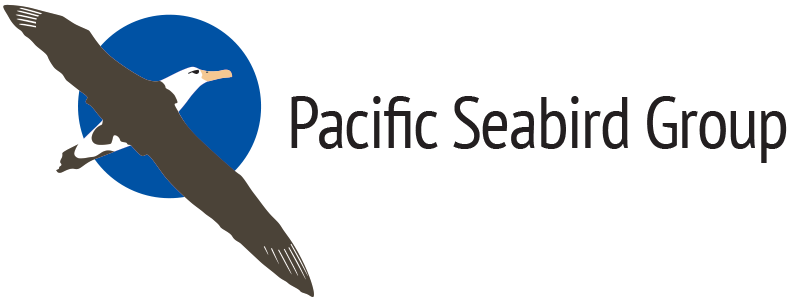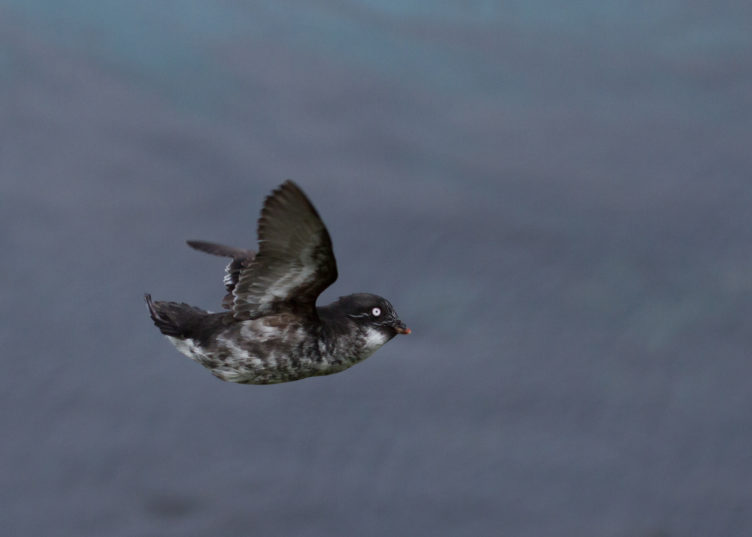Roletto et al. (2024)
Author Information
Jan Roletto and Danielle Lipski: Greater Farallones & Cordell Bank National Marine Sanctuaries
Jaime Jahncke: Point Blue Conservation Science
2023 ACCESS Summary for PSG Annual Report
Applied California Current Ecosystem Studies (ACCESS) is a collaborative effort of Greater Farallones and Cordell Bank National Marine Sanctuaries (GFNMS/CBNMS) and Point Blue Conservation Science that supports data collection to understand status and trends of sanctuary resources, ecosystem health, and response to climate change. This project supports several Office of National Marine Sanctuaries’ goals and provides data on the abundance and distribution of seabirds and marine mammals, identifies important foraging areas in three sanctuaries (GFNMS/CBNMS and Monterey Bay National Marine Sanctuary), and collects data on surface and water column conditions including CTD data, nutrients, ocean acidification, eDNA, and conspicuous surface marine debris. We collect behavior data on seabirds such as feeding behavior and carrying fish back to the nest. Typically, three vessel-based 8–15-day cruises are conducted each year to capture the beginning, peak, and transition of the upwelling in our region between Sonoma and San Mateo counties. In May 2023, our first of three cruises was on the NOAA ship R/V Bell M. Shimada, during which we partnered with the National Marine Fisheries Service (NMFS) Rockfish Recruitment Ecosystem Assessment Surveys. We observed very high numbers of anchovies across the shelf associated with feeding humpback whales and many species of seabirds, particularly Sooty and Pink-footed Shearwater (Ardenna grisea and A. creatopus). Our summer and early fall cruises were on our smaller research vessel, the R/V Fulmar. During those two cruises we struggled with weather and vessel repairs, therefore sampling north of Point Reyes only occurred during the May cruise. The May cruise data indicated that blue whales (Balaenoptera musculus) and Cassin’s Auklets (Ptychoramphus aleuticus) were abundant north of Point Reyes where zooplankton were abundant across the shelf, Cordell Bank, and the shelf break. During our summer and early fall cruises, we observed lower than normal numbers of blue whales and Cassin’s Auklets where we sampled south of Point Reyes. Common murres (Uria aalge) appeared to be ubiquitous across the shelf in the Gulf of the Farallones region during each of the cruises. Sooty Shearwater, Red-necked Phalaropes (Phalaropus lobatus), and Black-footed Albatross (Phoebastria nigripes) were observed in very low numbers in July and September. The 2023 annual report, which highlights climate change impacts, will be available at the ACCESS webpage later this summer.






